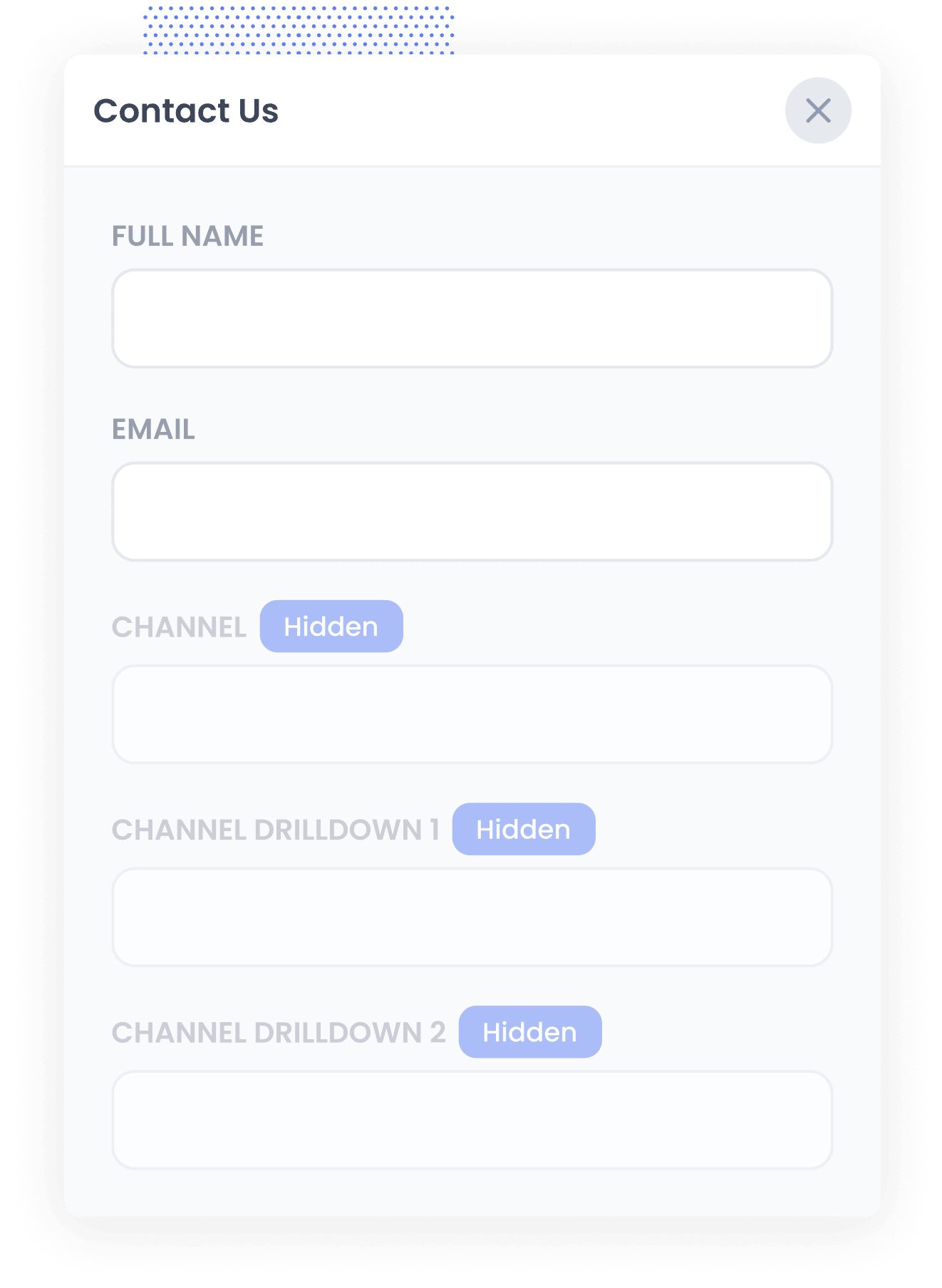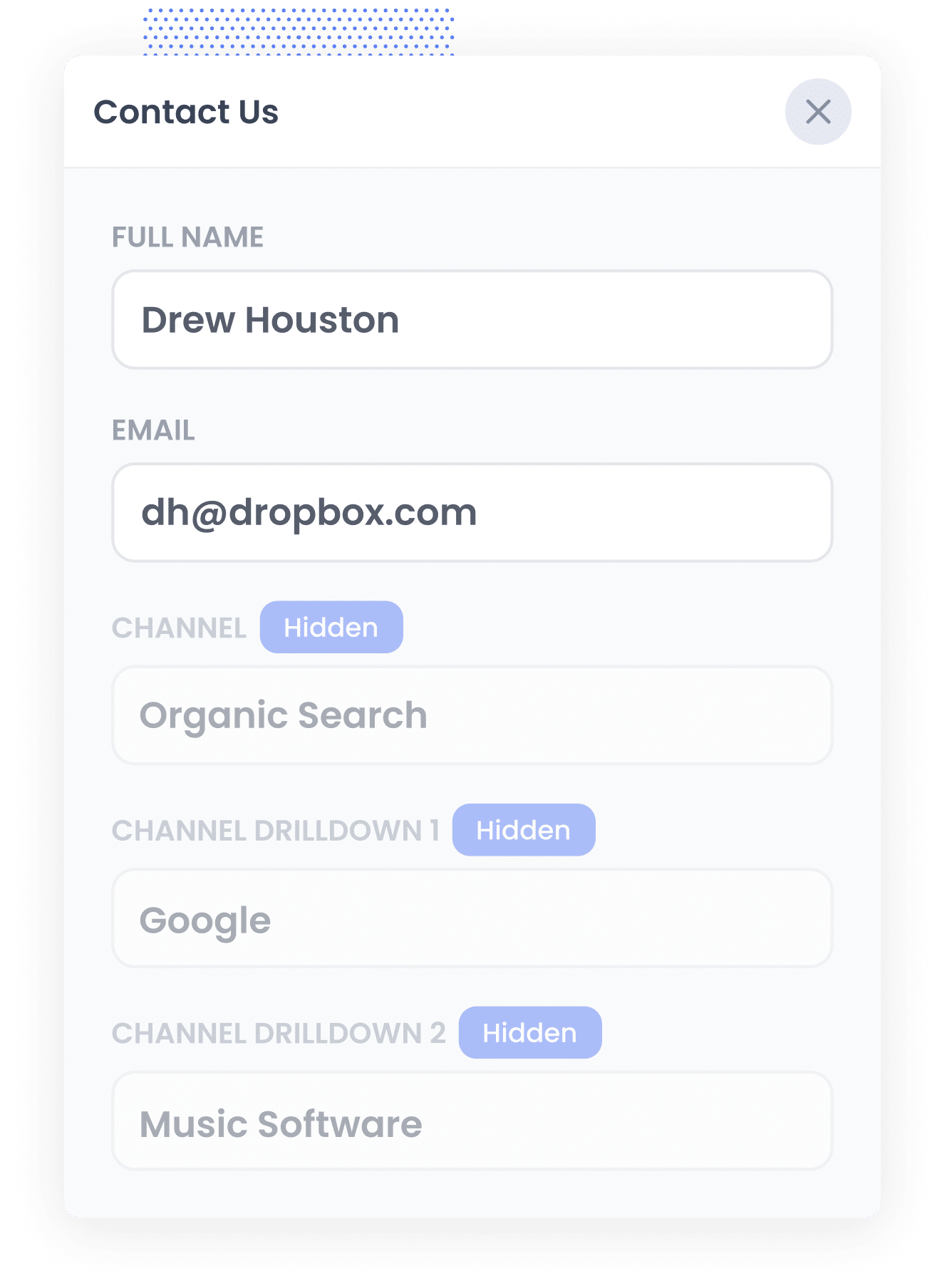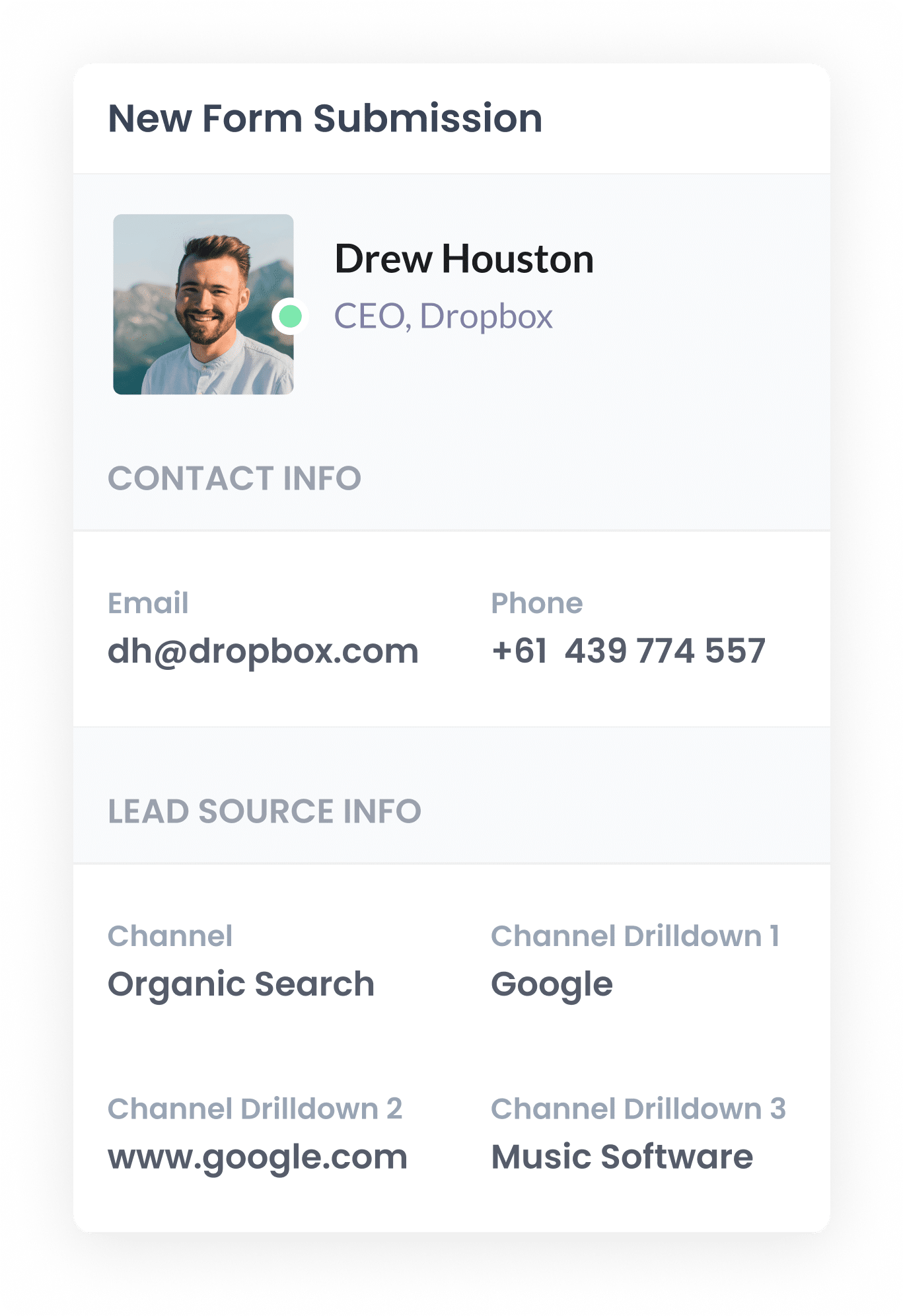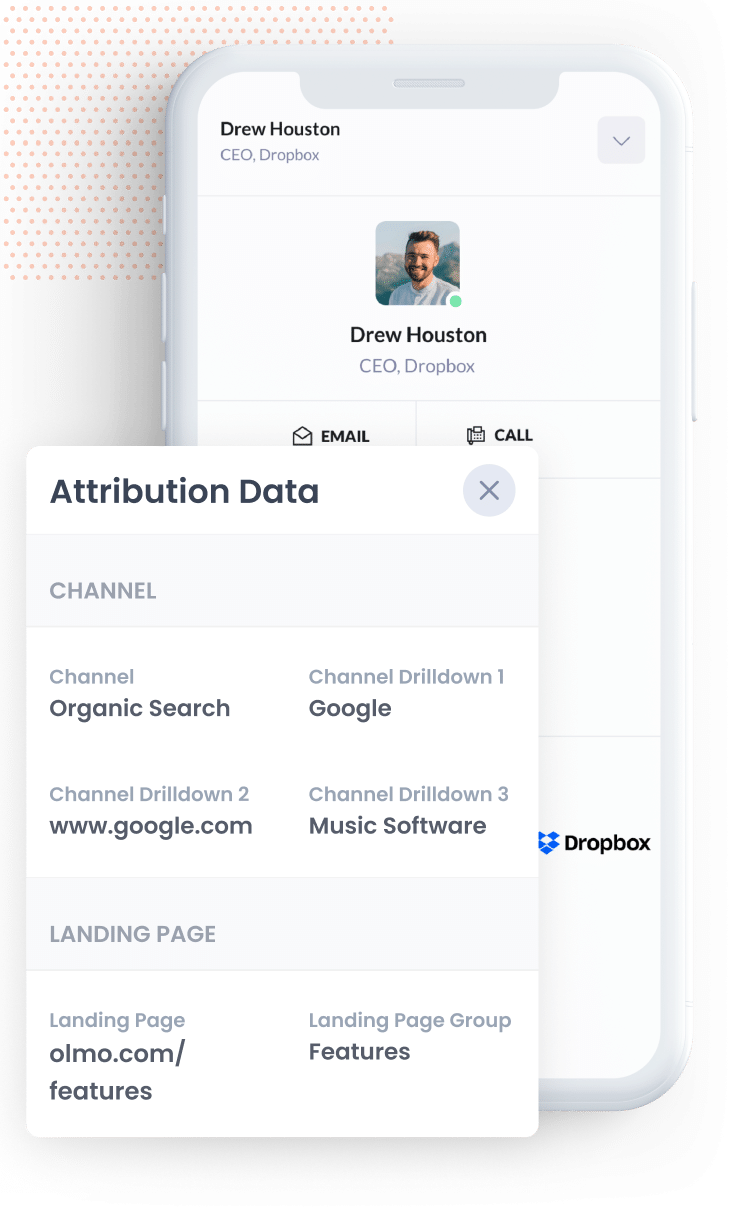Track leads & customers from SEO in ActiveCampaign
Learn how to use a tool called Attributer to track how many leads & customers your SEO efforts are generating in ActiveCampaign
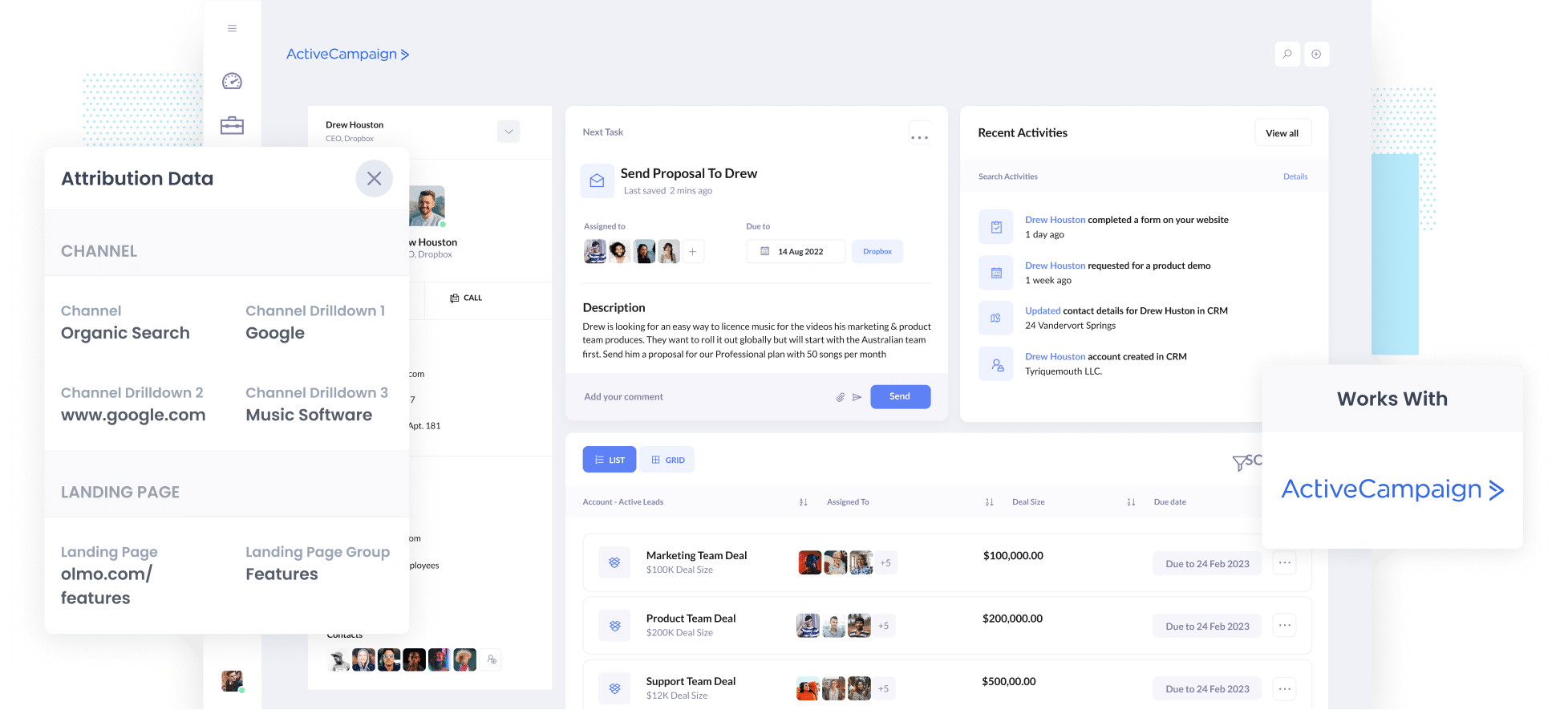
Are you finding it difficult to track how many leads and customers your SEO efforts are generating?
If so, you're definitely not alone. While tools like Google Analytics can easily show how many visitors are coming to your website from organic search, it’s often difficult to track how many of those visitors actually become leads, how many turn into customers, and what revenue is ultimately generated from your SEO efforts.
But there is a way.
In this article, we'll walk you through how to use a tool called Attributer to capture organic search data with each new lead in ActiveCampaign. We'll also outline a series of reports you can run to help you track the effectiveness of your SEO efforts.
What data gets captured
Attributer gives you two types of attribution data: how they found your site (Organic Search, Organic Social, Paid Search, etc) and what content attracted them there (I.e. a specific blog post)
So, if you’re on the marketing team at a family law firm and someone arrives at your site from an organic Google search, you’ll get the following data:
- Channel = Paid Search
- Channel Drilldown 1 = Google
- Channel Drilldown 2 = google.com (or the domain they came from, like google.com.au or google.co.uk)
- Channel Drilldown 3: family law firm in Melbourne (or the keywords they searched for, when available)
You would also get information on what page they landed on. Continuing the example above, it might look a bit like this:
- Landing Page = kennetlaw.com/blog/family-lawyers-melbourne
- Landing Page Group = /blog
This landing page information can help you understand what content on your website attracts leads from organic search (and subsequently, what content you should create more of).
3 example reports you can run when you capture organic search data in ActiveCampaign
Throughout my 15-year career in marketing, I have spent countless hours working on SEO and have generated hundreds of reports to assess the impact of my efforts.
Below, I have shared three of the reports that I have found most useful over the years.
1. Leads by Channel
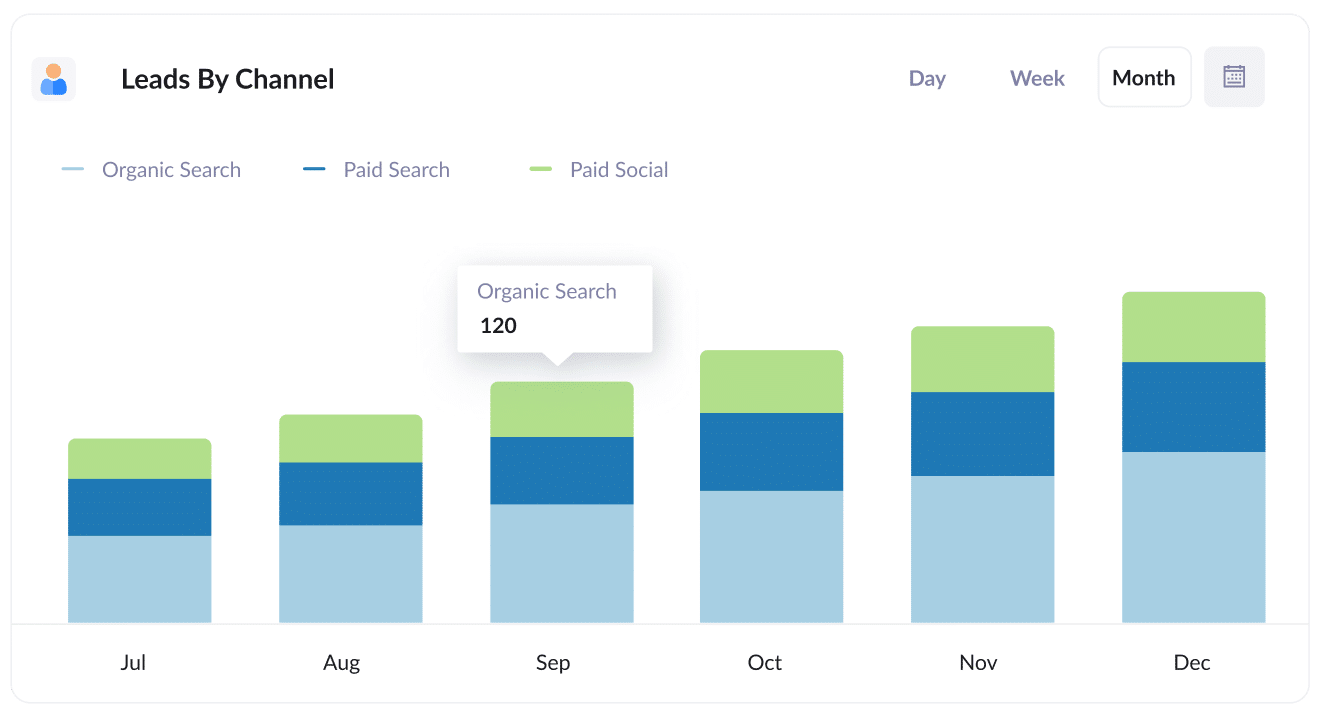
This report shows you how many leads you’re getting each month, and what channels are driving them (like Organic Search, Paid Search, Paid Social, etc).
I think this report is super helpful for seeing how SEO performs against other channels. For instance, if you’re getting more leads from Organic Search than Paid Search, but spending more of your budget on paid search ads, then it might be a good idea to think about shifting some budget to boost your SEO efforts.
2. Customers from Organic Search by Landing Page Group
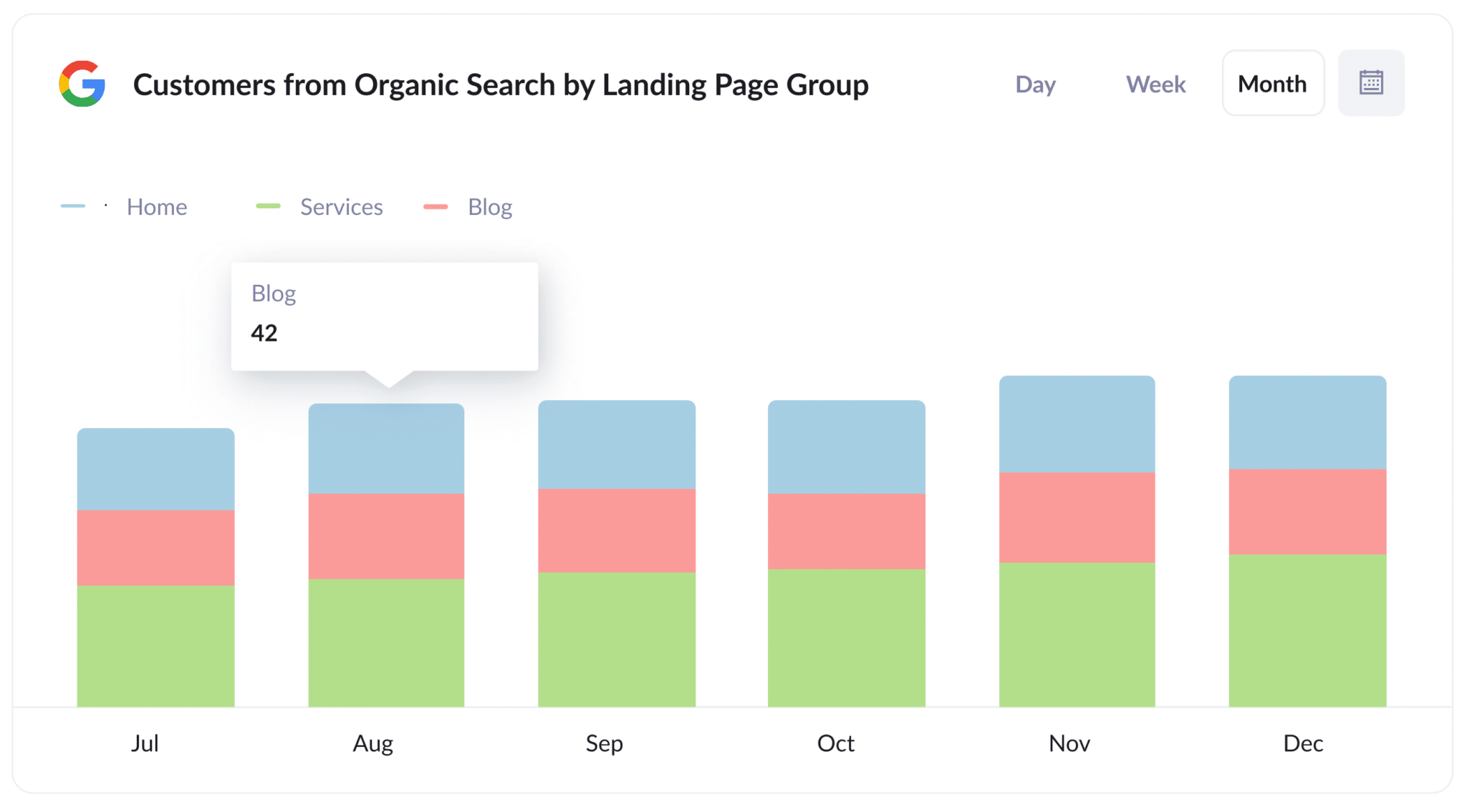
This report shows the number of new customers you’re getting each month through organic search, breaking it down by landing page groups like Home, Blog, and Services.
It shows you what content on your site is attracting real customers to your business, so you can keep refining your content and SEO strategy.
3. Revenue from Organic Search by Landing Page
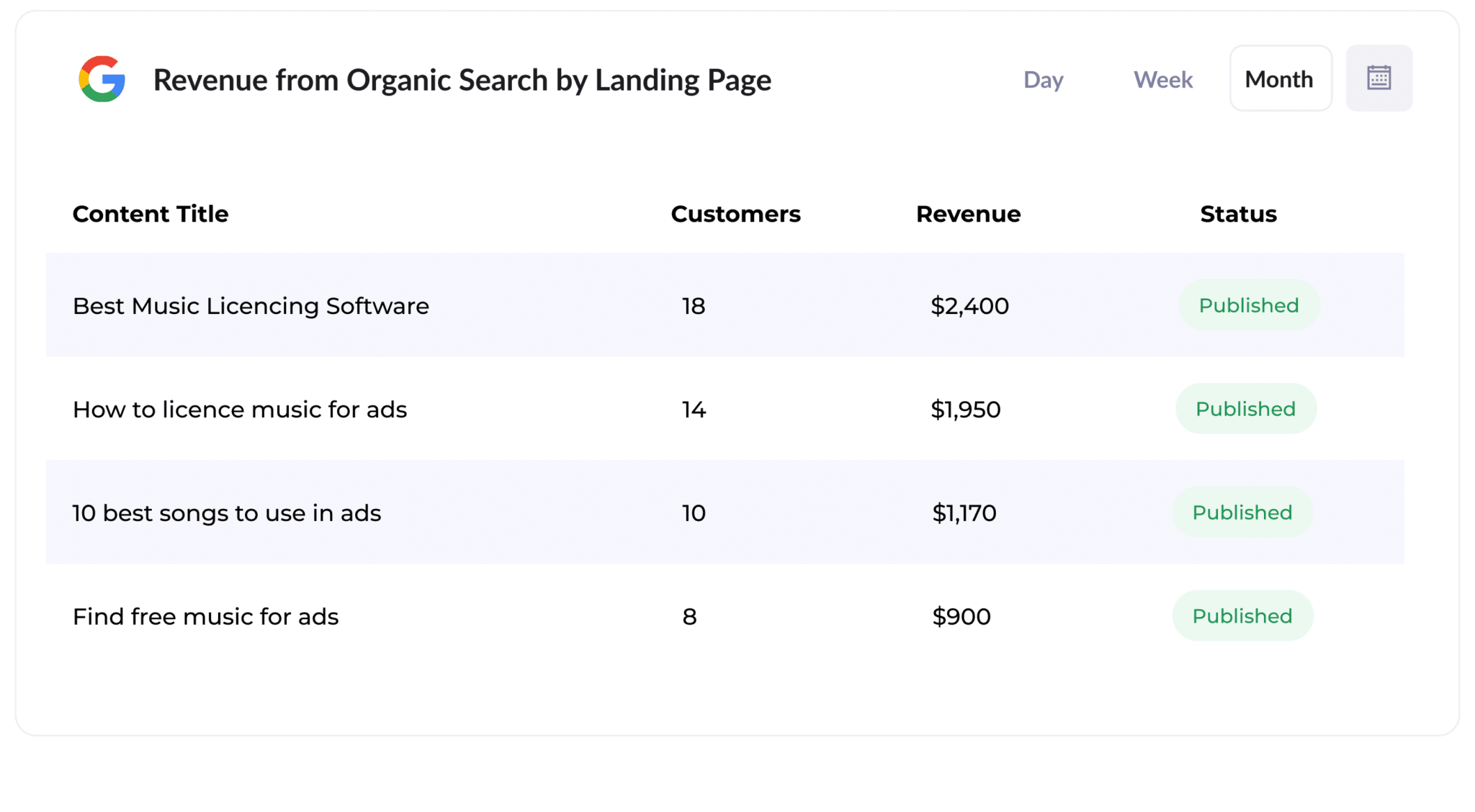
This report tells you how many new customers, and how revenue has been generated, from each piece of content on your site.
It highlights which blog posts and other content are working the best, making it super easy for you to decide what to focus on next.
How Attributer helped Flare HR 4x the number of leads they got from SEO
Flare HR is a HR management software provider based in Sydney, Australia.
Within their product they have hundreds of HR document templates that they make available to their customers, like employment agreement templates, mobile phone policy templates, etc.
In an attempt to increase website traffic and leads, they decided to make these templates publicly available on their marketing site with the hope they would rank on search engines.
However they had a problem. Although tools like Google Analytics showed them how many website visitors these templates were driving, they weren’t really able to track whether they were converting into leads & customers.
That’s where Attributer came in.
When someone landed on the Flare HR site, Attributer captured information on where they came from. This included the channel (like Organic Search), the landing page (i.e. flarehr.com/templates/mobile-phone-policy) and the landing page group (i.e. /templates).
Then when a visitor completed a form on their website (like their demo request form), Attributer would pass all of this data through to their CRM.
The Flare HR team then used this data to create detailed reports in their CRM that showed the number of leads coming from the templates, the conversion rates to actual customers, and the revenue that followed. They saw that this template initiative had led to a 2.4x increase in new leads generated each month, all at a ridiculously low cost per lead (basically $0).
Excited by these results, Flare HR decided to invest further in it. They upped the number of templates available and optimised their pages to rank better in search engines. Ultimately through this initiative, they were able to 4x the number of leads they got each month.
“Attributer showed us that our SEO efforts were in fact generating customers & revenue and gave us the confidence to double down. We’ve seen a 4x increase in leads as a result”

James Windon - Co-Founder, Flare HR

Wrap Up
If you’ve been looking for a way to track the number of leads and customers you get from organic search, using Attributer with ActiveCampaign is a great solution.
Best of all, starting with Attributer is free and usually takes less than 10 minutes to set up. So start your 14-day free trial today!
Get Started For Free
Start your 14-day free trial of Attributer today!

About the Author
Aaron Beashel is the founder of Attributer and has over 15 years of experience in marketing & analytics. He is a recognized expert in the subject and has written articles for leading websites such as Hubspot, Zapier, Search Engine Journal, Buffer, Unbounce & more. Learn more about Aaron here.

